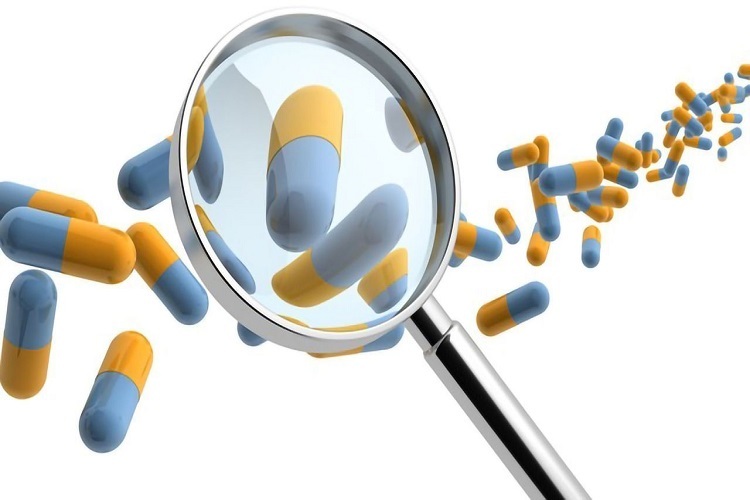We’ve all smirked at the childhood fairy tales of Countess Bathory, a Hungarian Noble who sought to restore youth by bathing in the blood of virgin girls. While she was resigned to history as a perverse serial murderer, new research suggests that she may have been incredibly close to discovering the fountain of youth. In fact, had she injected virgin blood rather than merely bathing in it, we would be hearing about a different legacy of the infamous Bathory.
Aging still remains a poorly defined process from a scientific point of view. Even the most recent NIH summit on aging in November 2014 arrived to the conclusion that aging is the result of many different factors including genetics, inflammation, cellular stress, molecular oxidation, and loss of stem cell function.
In fact, scientific evidence points to the idea that aging was “programmed” into our cells, possibly as an evolutionary advantage to our ancestors. With dashed hopes of a scientific method to restore youth, hopeful centenarians must instead rely on the tried and true anti-aging therapy – a healthy diet combined with moderate exercise.
This may change.
Recent discoveries from the lab of Dr. Saul Villeda at UCSF have found that a blood transfusion from young mice to older mice is able to reverse aging.
All of a sudden the bath of virgin blood doesn’t sound so ludicrous.
This group used a model known as parabiosis to hook the circulatory systems of two mice together. In this case it was named heterochronic parabiosis as mice of two different ages were matched together. The lab saw striking changes in the older mice which suggested this treatment alone may be able to reverse the initial steps of Alzheimer’s disease and perhaps even restore youth.
On the flip side, it turns out that old blood is equally harmful when it is transfused into young mice. The same group identified a set of factors known as chemokines which were found to reduce stem cell function in the younger brain,
Scientists have known for a long time that the composition of our blood changes as we age. The growth factors and hormones that promote growth in adolescence are exchanged with stress-related hormones, inflammatory signals, and immune-suppressing cells in old age. Until now, no one had thought to ask whether these changes are causal in the aging process.
With this new data from parabiosis models, scientists have gone further to discover the molecular signals that may reverse aging.
One promising candidate is known as GDF11. Replenishing this molecular signal in the blood of old mice is able to reverse cardiac damage and declines in muscle function. While GDF11 is only a small part of the aging process, this discovery is an important step in the journey to the fountain of youth.
More complex signals and new ways to exploit the parabiosis model may become available as research in the field heats up. For now, a small clinical trial is being conducted by a company out of Stanford named Alkahest. This trial is set to evaluate if blood plasma from healthy young donors is able to reverse cognitive decline in older individuals.
Of course, the primary concern with the release of this data is that it may increase demand for black-market blood in the already extensive network of illicit blood farms. These ‘farms’ harvest blood from chronic drug users and itinerants against their will for sale to local hospitals.
In contrast to the current model of blood farming, demand for this new control over the aging process would exclusively exploit minors in good health. Given that false claims of virility from Chinese medicine has led to the decimation of Tiger and Rhino populations, fair-trade rules must be heavily enforced should blood transfusions become a mainstay of geriatric medicine.










